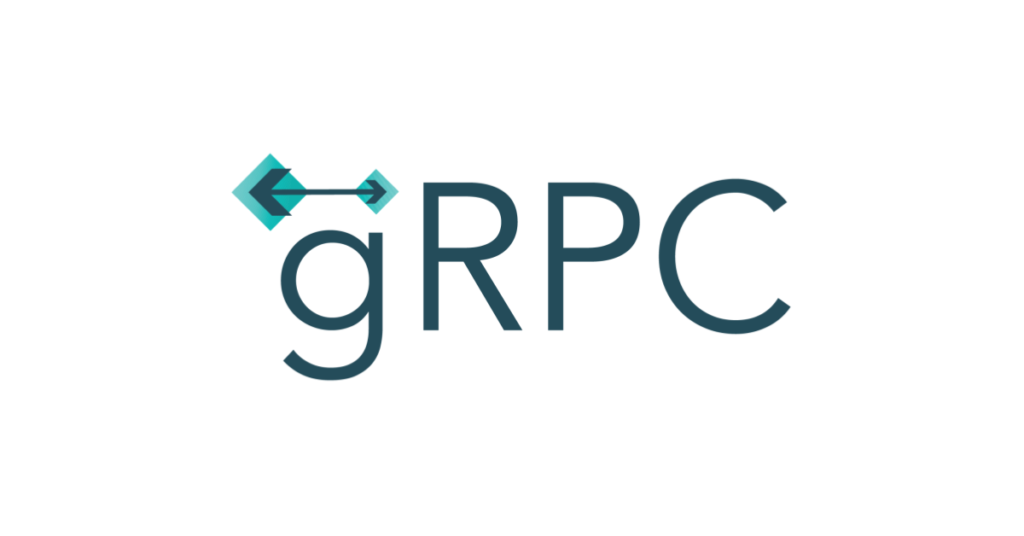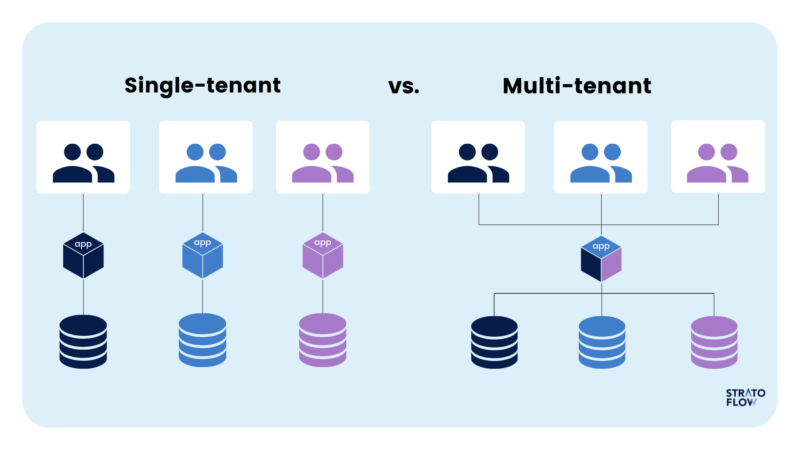Designing APIs in a microservices architecture is a critical aspect of ensuring scalable, maintainable, and efficient systems. This tutorial provides a comprehensive set of rules and best practices to guide API design in such systems.
(more…)Author: admin
-

System Design: Understand gRPC
Overview
gRPC (gRPC Remote Procedure Call) is a high-performance, open-source, universal RPC framework that can run in any environment. It enables client and server applications to communicate directly using a well-defined interface. It is designed to support a wide range of scenarios and languages.
(more…) -

System Design: How to Choose the Right Types of APIs in Microservices: REST, gRPC, GraphQL, Events
Microservices architecture promotes modularity and flexibility, but selecting the right types of APIs and communication method between services is critical for efficiency, scalability, and maintainability. This tutorial will help you understand and choose between REST, gRPC, GraphQL, and Event-driven communication based on your use case.
(more…) -

System Design: How to choose the Right API Gateway for Your Microservices application
Learn how to select the best API Gateway for your microservices application. Compare top options like Kong, Traefik, AWS API Gateway, and more based on scalability, security, and deployment needs.
(more…) -

System Design: Comparing Single-Tenant vs Multi-Tenant
When designing a Software as a Service (SaaS) application, one of the most critical architectural decisions is choosing between a single-tenant or multi-tenant architecture. This decision affects scalability, security, cost, and maintenance. In this tutorial, we’ll explore the key differences, advantages, disadvantages, and use cases for each approach.
(more…) -

System Design #02: Understand key concepts
System design is an essential skill for building scalable, maintainable, and performant software systems. It involves defining the architecture, components, and interactions within a system, ensuring that it meets both functional and non-functional requirements. One popular approach to building scalable applications is using microservices architecture.
(more…) -

Microservices: Understanding Communication in Types and Technical Stacks
In a microservices architecture, the way services communicate with each other is crucial to the system’s performance, scalability, and reliability. Communication can happen in various ways, depending on the use case, performance requirements, and the need for decoupling. In this article, we’ll explore the different types of communication in microservices and the technical stacks commonly used for each type.
(more…) -

Golang: GORM Database Seeding
Learn how to efficiently seed a MySQL database in Go using GORM, with a clear guide on migrations, best practices, and transactions.
(more…) -

System Design #02: Roadmap
Below is a high-level roadmap for developing expertise in system design. It provides a step-by-step guide—from core technical fundamentals and distributed systems knowledge to hands-on design practice and continuous improvement. This roadmap is useful both for tackling system design interviews and building complex, scalable real-world systems.
(more…)
